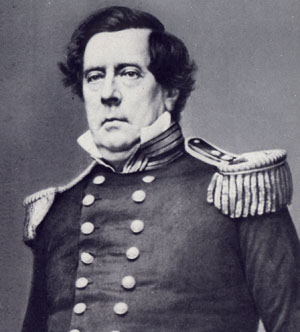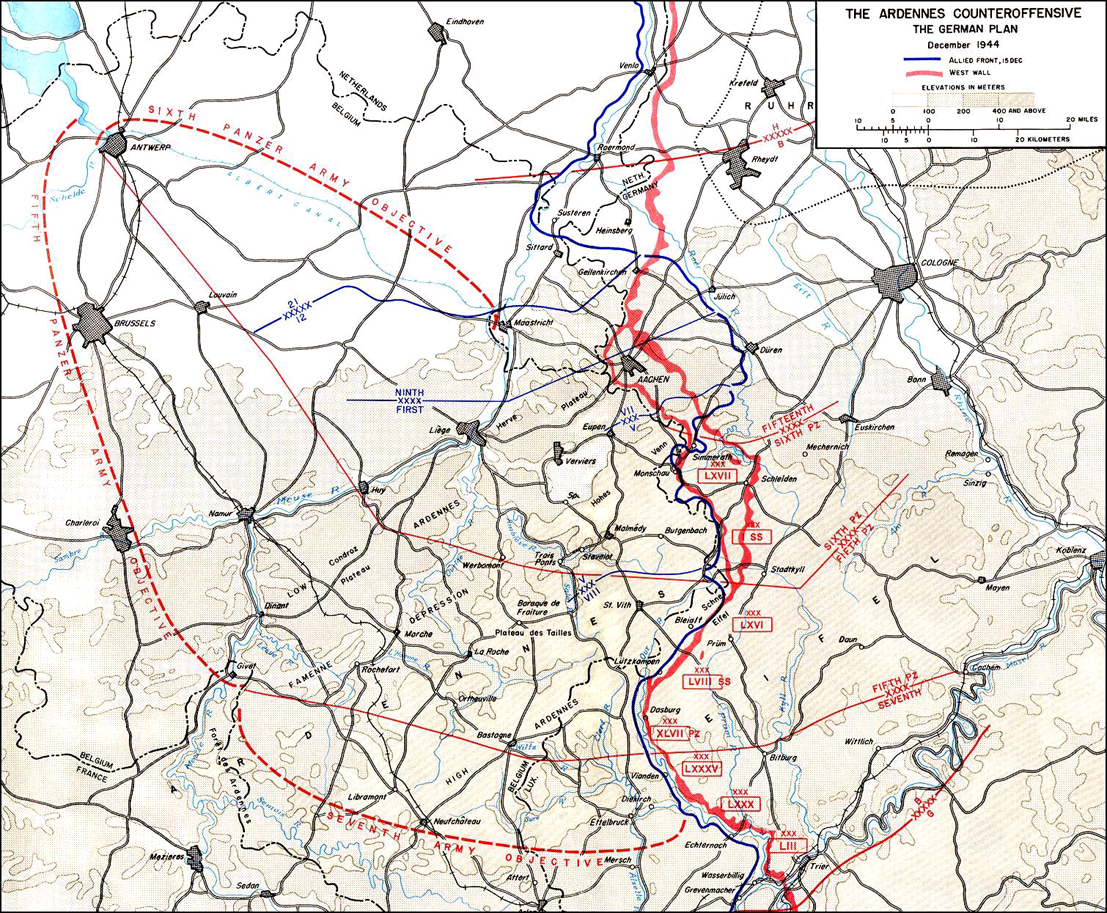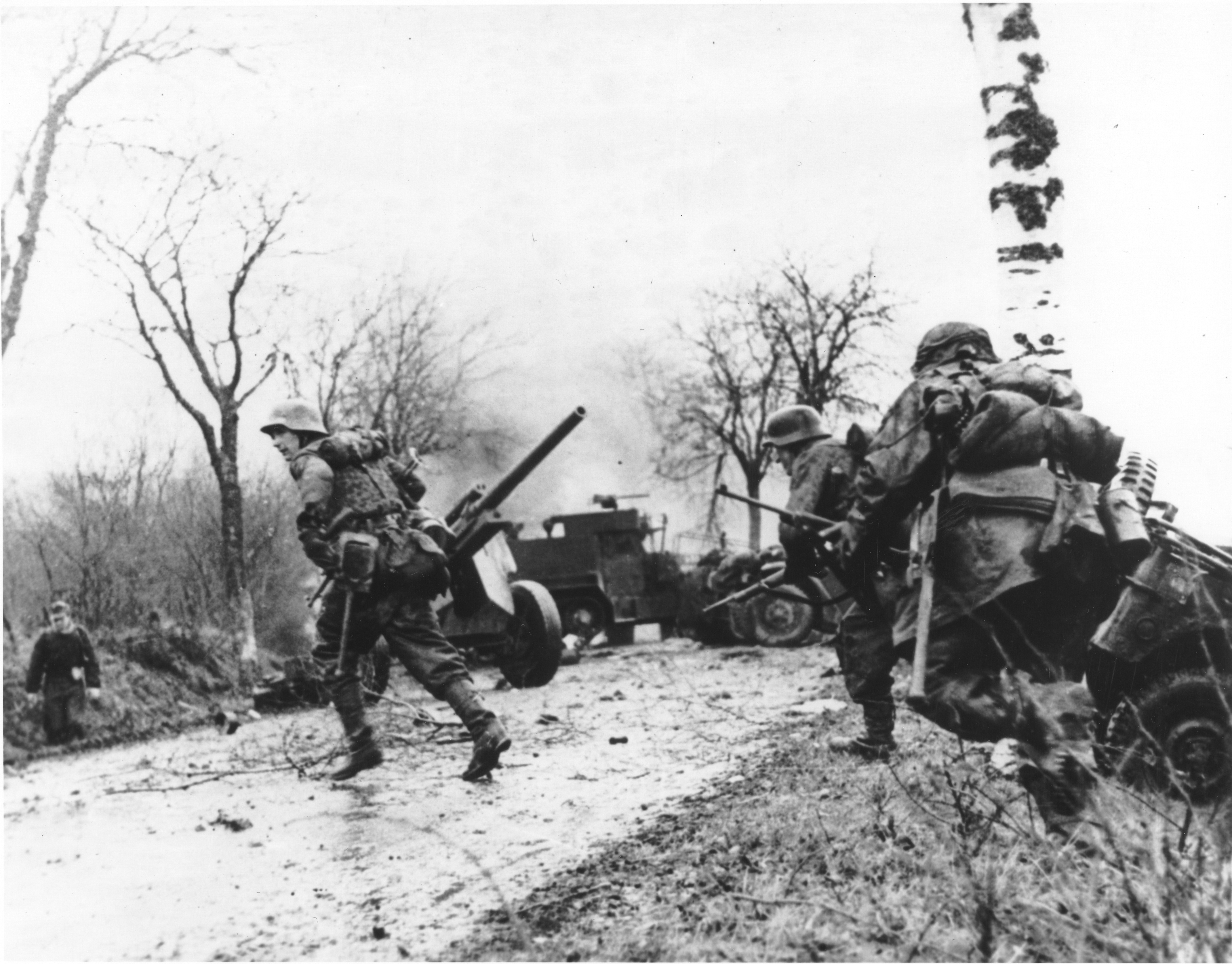As most of you may know (from seeing me in uniform on Thursdays), I am a cadet in the Nittany Lion ROTC Battalion here on campus. What all of you do not know, is that I am an enlisted private in the Pennsylvania Army National Guard. I enlisted at the end of October, I completed MEPS (Military Entrance Processing Station), and I swore the oath to defend the Constitution of the United States of America (NOT the government). Through enlisting, I am ordered to complete Basic Combat Training (BCT) this summer as well as Advanced Individual Training (AIT). My MOS (Military Occupational Specialty) is 11B (called by military personnel, 11 Bravo) which is the code for the occupation of combat infantryman. I will be attending Basic Combat Training as well as Infantry School for AIT at Fort Benning, Georgia. Typically, BCT and AIT must be split into two different summers for those who must finish training by the end of the summer. However, with the 11B MOS, training is completed as OSUT (One Station Unit Training) which allows the recruit to stay at the same post for completing both BCT and AIT. This allows me to complete both BCT and AIT in the same summer, thus I will have all of the benefits of being enlisted by the end of the summer, because if I have not completed both of them, I will not be given the GI bill to help with my college tuition.
What will I be doing at Fort Benning you ask? I will be going through the training that thousands upon thousands of other recruits into the Army have experienced over the many years of the illustrious history of the United States Army. A typical day of Basic Combat Training starts bright and early at 0430 (4:30 AM) with morning PT (Physical Training) for 2 hours, then we go to breakfast. Breakfast will be eaten quickly and there will be no time for talking. After breakfast, recruits are sent back to the barracks to pick up any required equipment for the day’s training and then they form back up in formation to prepare for the morning’s training. At about noon, the recruits are either taken back to the mess hall for lunch, or are given MRE’s (Meals, Ready to Eat) in the field if the recruits are on a FTX (Field Training Exercise). After lunch, the recruits continue their training for the day, which could consist of learning how to perform D&C (Drill & Ceremony, marching, formations, and other formal things essentially), STX (Situational Training Exercise, battle drills and squad tactics), and even sometimes various obstacle courses. Although “PT” formally ends at 0630 that morning, PT really continues throughout the day as most training is physically challenging, and also on top of this, random “smoke sessions” could occur. Getting “smoked” is when one person in the platoon makes a mistake and the drill sergeant determines that the offense is large enough that he puts the entire platoon into formation, and has the formation do push-ups, flutter kicks, leg raises, and anything else that the drill sergeant deems fit until the punishment has fulfilled the mistake that has been made. Finally, after a full day of training, the recruits are sent back to the mess hall for dinner, and then the recruits have personal time in the barracks for resting. At 2100-2200 (9:00-10:00 PM), the drill sergeant declares lights out, and the recruits are sent to sleep. This will be my “day at the office” for 4 months. My estimated completion date for training September 5, and from there I will return to school to start the Fall 2014 semester.










